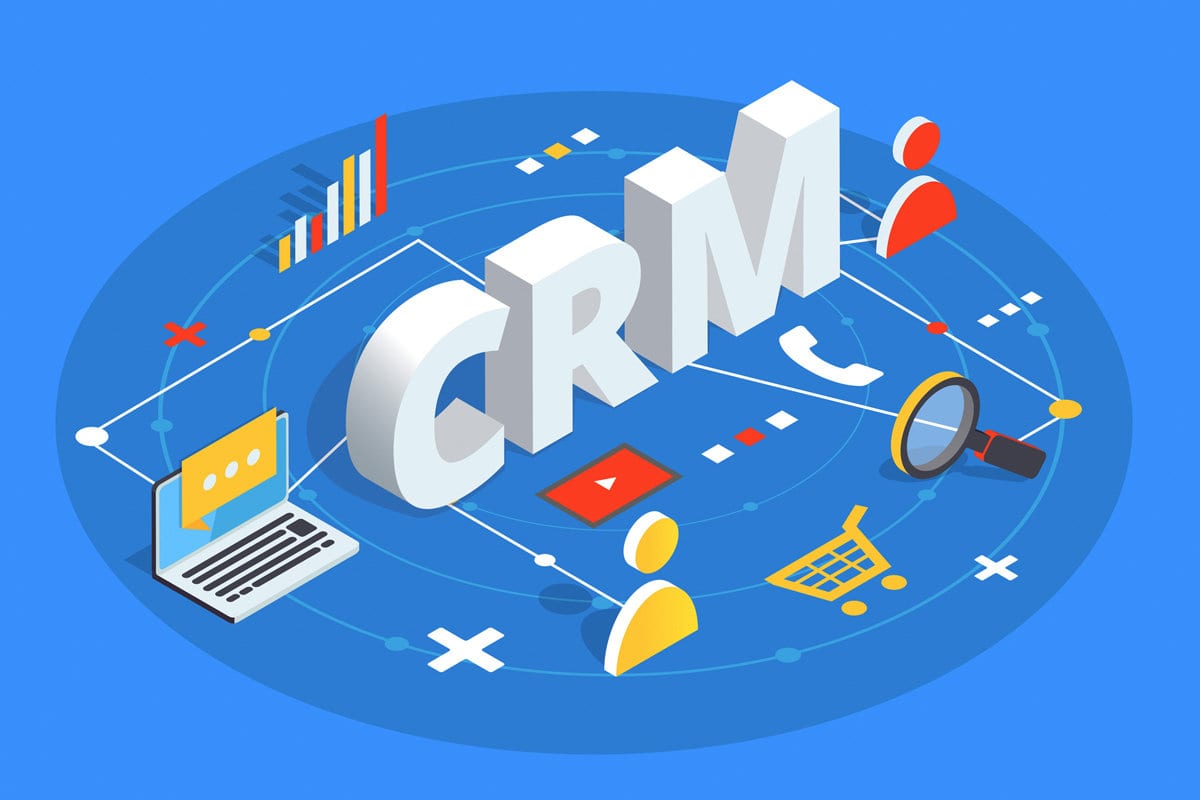Top Sales Trends for 2024 — and Beyond

Get back to the human part of selling, and start boosting productivity with the help of AI.
With AI infiltrating nearly every aspect of our lives in 2023, sales leaders saw huge industry transformations — automation, data analysis, and enhanced productivity for starters. Many AI adopters saw conversion rates and sales productivity improve by 10-30%. What other revolutionary trends will we see explode onto the scene by this time next year? Here’s what sales leaders should keep an eye on.
Trend 1: Using AI for efficiency
According to the State of Sales report, operational efficiency is one of the most important trends in sales. Typically, sales reps spend only 28% of their week actually selling, which means that they’re spending 72% of their time on administrative and other tasks. AI has the potential to save significant time by handling these routine tasks, giving your team the freedom to spend more time building relationships with customers and making sales.
Getting started with AI can seem intimidating at first, but it doesn’t have to be. Start with the basics. Invite your whole organization together for a brainstorming session where the group identifies their most time-consuming tasks. From there, break up into teams, and have each team research the best AI tools to improve efficiencies for those processes. Come back together to share the results and create an action plan.
Here’s one example of how AI can help: Einstein Conversation Insights from Salesforce automatically records and transcribes sales calls (including video) that you can use to share coachable moments with your reps later on. Einstein can flag key moments so that you don’t have to spend time listening to entire calls. You can then coach your reps to replicate what works and address what doesn’t.
Trend 2: Prioritizing human connection
I’ve heard sellers and sales leaders call 2010-2022 the golden age of sales. Companies were able to drive growth by using tried-and-true process and strategies: templated emails, cold calls, demos, compelling discounts. But as times change, techniques must follow. Now, prioritizing authenticity and human connection is key, helping you edge out the competition by building trust.
Start by getting curious about who your customers are and what matters to them. Try inviting a few of your customers to a lunch-and-learn with your sales team. Ask them to walk your team through some of the problems they deal with every day, and leave time for you and your team to ask questions. Then, have your SDRs call a few prospects and ask them if they’re running into the same types of challenges.
Once your team finishes these calls, come back together, discuss the results, and come up with a plan to address the trends you uncovered. By taking a less scripted and more human approach, you may start to see better results.
Trend 3: Building a data-driven culture
Plain and simple, companies that use data to drive decision-making are more likely to beat revenue targets than those that don’t — 58% more likely. With so much data at our fingertips, there’s a huge opportunity for your team to use it to make more informed decisions. With AI helping to automate much of the data analysis process, you can get the insights you need faster than ever before. Sales leaders can use sales data to make better decisions, uncover insights into sales and deal opportunities, and refine sales growth strategies, among many other things.
To create a data-driven sales team, you need to start by keeping data up-to-date. Then, use data at every stage of a sale and during training and coaching. Have your reps look at current conversion rates at different stages in the sales funnel, or experiment with sales techniques in different regions and analyze the results with your team so they can get a better idea of what is working and what isn’t. Data-driven training will help your team learn to make choices based on evidence rather than speculation.
Trend 4: Leaning into influencer marketing
Whether you’re a B2B or B2C business, chances are your customers already follow an influencer in your industry on social media, In fact, influencer marketing is so popular it’s become a $21 billion industry. No wonder; partnering with an influencer who’s willing to vouch for your products or services gives you more credibility with customers who follow and trust them — and they’re more likely to consider you when it’s time to buy.
Start by learning about your customers’ behavior on different online platforms — for example, how they express opinions, ask for help, and engage in general discussions. Once you know more about who your customer is and how they behave, you can identify influencers most likely to get their attention.
When you’re ready to find an influencer, look for professionals with large, engaged followers on the platforms your customers use most frequently. Reach out to them to see if they’d be willing to craft a series of social media posts to create brand awareness and warm leads for your sales team to contact. You could also have them solicit candid feedback from your customers who might hesitate to be honest when talking directly to you. That way, you’ll be more likely to get an accurate understanding of what your customers actually want and need.
Trend 5: Collaborating more closely with marketing
This one comes form personal experience, and what sales teams are reporting back to me and other leaders in the sales space. Alignment between sales with marketing is increasingly important, tying together early prospect targeting and the buyer’s journey. Both of these generate enormous volumes of valuable data on customer segments and preferences, but the flow tends to be one-way: from marketing to sales. At high-performing companies, the front line reports back to help marketing refine its offerings. Datasets are easily integrated through a CRM to create more accurate pictures of selling opportunities, helping sales and marketing teams make data-driven decisions together.
One way to encourage better collaboration is to organize reps from sales and marketing into pods and create team compensation plans to match. If a pod collectively hits certain metrics, everyone within that pod will get quarterly bonuses. This way, individual employees are less likely to argue about who should get the credit for a particular sale, and strategies will be aligned.
Use sales trends to create an adaptable, high-performing sales team
At a high level, these five sales trends will help you build a stronger and more effective team that makes genuine connections with customers and drives meaningful sales growth. Adaptable sales teams are more likely to thrive as technology evolves and your customers’ needs change. So, don’t be afraid to get curious and dive into new trends in sales, even if you’re not quite sure how to approach them at first. By staying on top of trends, you can help set your sales organization up for success no matter what the future has in store.
For more information about AI Technology for Business, Contact Us!



